
bog-moss-sphagnum-fallax-at-abernethy-forest-in-scotland-HHBCYX.jpg from: https://www.alamy.com/stock-photo-bog-moss-sphagnum-fallax-at-abernethy-forest-in-scotland-131173390.html
Exploring the Fascinating World of Weissia fallax Sehlm. Moss
Introduction
Mosses are often overlooked, but they play a vital role in many ecosystems around the world. In this blog post, we’ll take a closer look at one particular species – Weissia fallax Sehlm., also known simply as Weissia. This tiny but mighty moss is part of the Pottiaceae family and has some unique characteristics. Let’s dive in and learn more about this fascinating bryophyte!
Background on Mosses
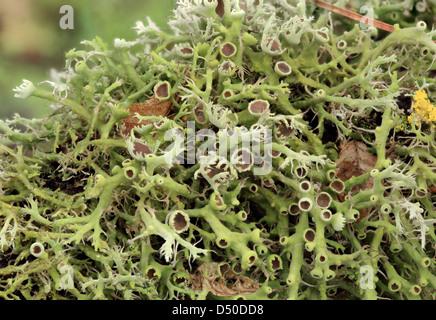
texture-of-moss-lichen-lichenes-d50dd8.jpg from: https://www.alamy.com/stock-photo-texture-of-moss-lichen-sphagnum-fallax-54714626.html
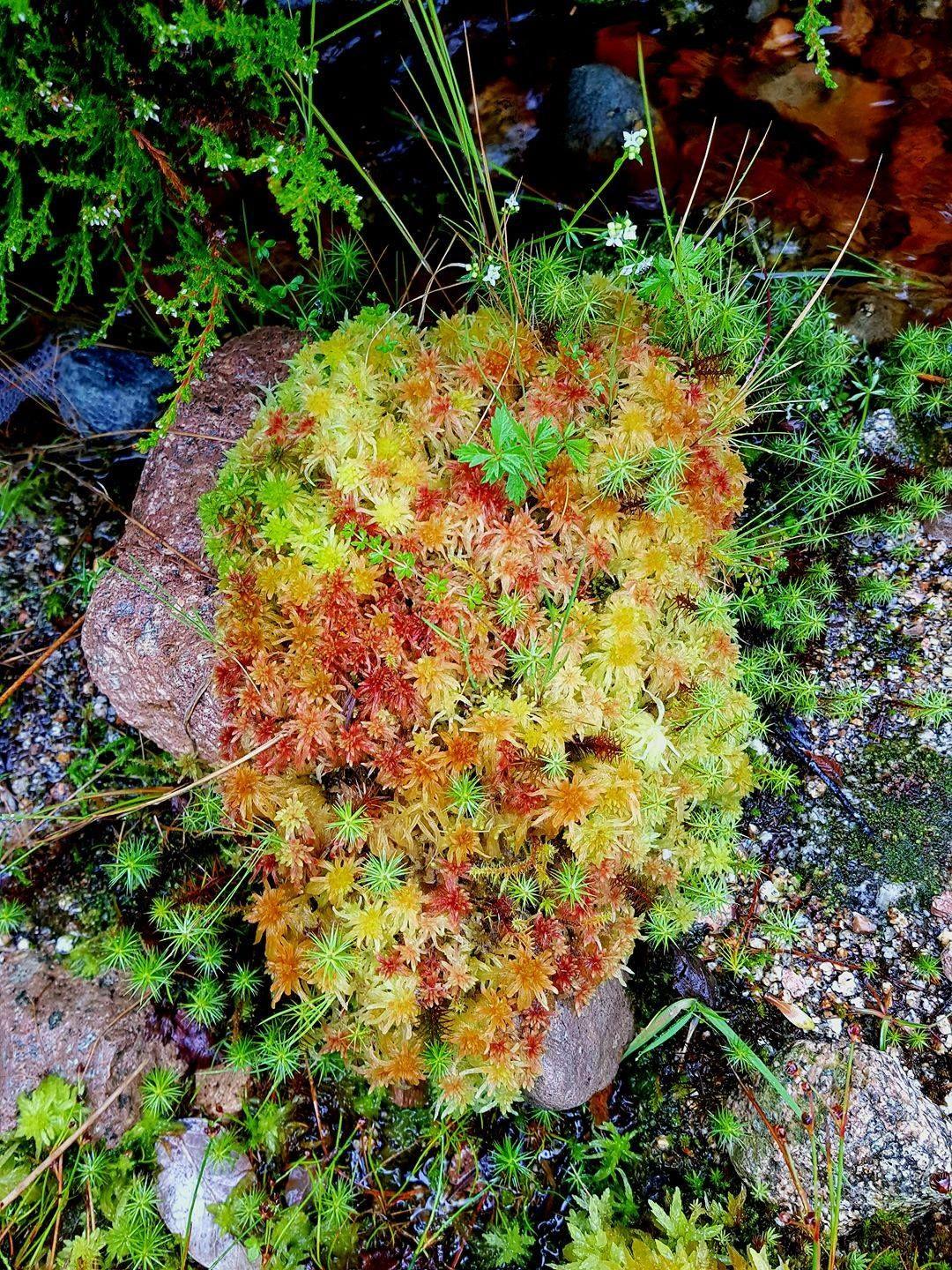
5e83b20400f59abce71dc8020c97d121.jpg from: https://www.pinterest.co.uk/pin/three-or-more-species-of-sphagnum-in-the-colourful-scottish-tussock-scapillifolium-and-sfallax-s-subnitens–742108844834131889/
Before we focus on Weissia specifically, let’s review some background on mosses in general. Mosses are non-vascular plants in the division
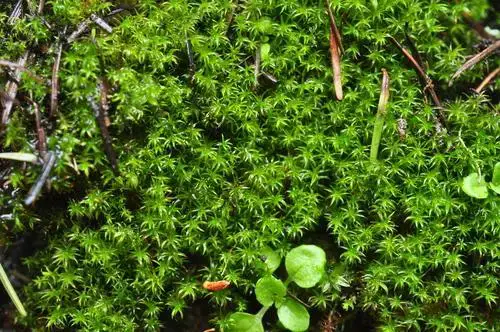
medium.jpeg from: https://www.inaturalist.org/taxa/1282046-Geheebia-fallax
Bryophyta. They lack true roots, stems, and leaves like other plants. Instead, they have rhizoids that anchor them and absorb water and nutrients. Mosses reproduce via spores rather than seeds and flowers.
There are over 12,000 species of moss that inhabit a wide range of environments, from arctic tundra to tropical rainforests. They play important ecological roles, helping to retain moisture, prevent erosion, provide habitat for small organisms, and more.
Weissia fallax Sehlm. Moss
Now let’s turn our attention to the star of this post – Weissia fallax Sehlm. This particular species of moss is classified in the order
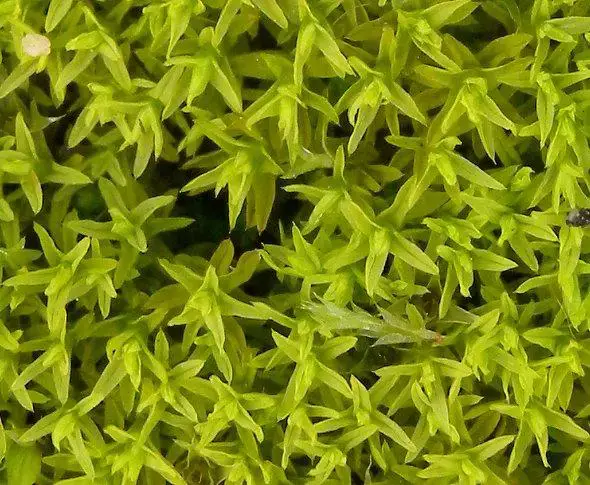
pt_moss6.jpg from: https://www.illinoiswildflowers.info/mosses/plants/pigtail_moss.html
Bryopsida and family Pottiaceae. The species name “
full from: https://arachnoboards.com/gallery/weissia-moss.38840/
fallax” means “deceptive” in Latin.
Morphology and Identification
Weissia fallax forms small tufts or cushions, typically under 1 cm tall. The leaves are lance-shaped and have a strong midrib that extends to the leaf tip. Unique identification features include:
- Leaves that are crisped and contorted when dry
- Leaf margins that are entire (smooth-edged) to minutely crenulate
- Spore capsules that are ovoid to cylindrical on a short seta (stalk)
Weissia can be tricky to identify in the field due to its small size. Microscopic examination of the leaves and spore capsules is often needed for definitive ID by experts.
Global Distribution and Habitat
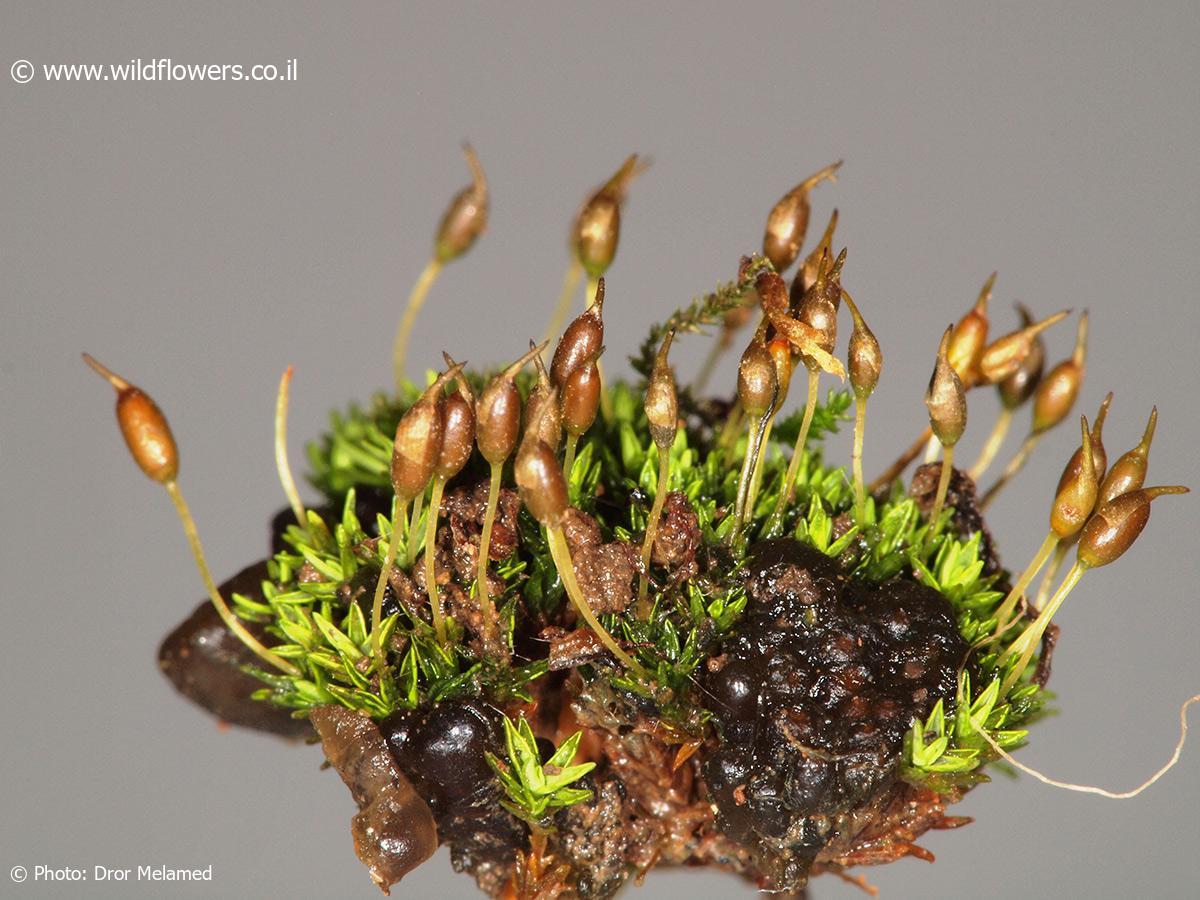
3231-l-5.jpg from: https://www.wildflowers.co.il/hebrew/picture.asp?ID=19617
Weissia fallax
full from: https://arachnoboards.com/gallery/weissia-moss.38843/
has a widespread global distribution, found in Europe, Asia, Africa, North America, and South America. It grows in a variety of habitats, including:
- On exposed, compacted soil
- Along trails and roadside banks
- In open, disturbed areas
- On calcareous substrates like concrete
This adaptable moss is able to colonize harsh, marginal environments where other plants struggle to survive. It is considered a pioneer species.
Ecological Roles and Adaptations
Like other mosses, Weissia fallax plays an important role in its ecosystem:
- Helps to stabilize and retain moisture in the soil
- Provides microhabitat for insects and other tiny organisms
- Serves as a bioindicator of air and soil pollution
Weissia has several adaptations that allow it to thrive in its niche:
- Ability to dry out and rehydrate quickly
- Tolerance of temperature extremes
- Rhizoids that firmly anchor it to the substrate
- Spores dispersed by wind for colonizing new areas
Conclusion
The diminutive Weissia fallax Sehlm. moss may be small in stature, but it has an outsized ecological impact. From anchoring soil to pioneering disturbed environments, this mighty moss is critical to ecosystems around the globe. Next time you’re out on a hike, take a moment to appreciate the miniature world of mosses beneath your feet – you just might spot some Weissia!